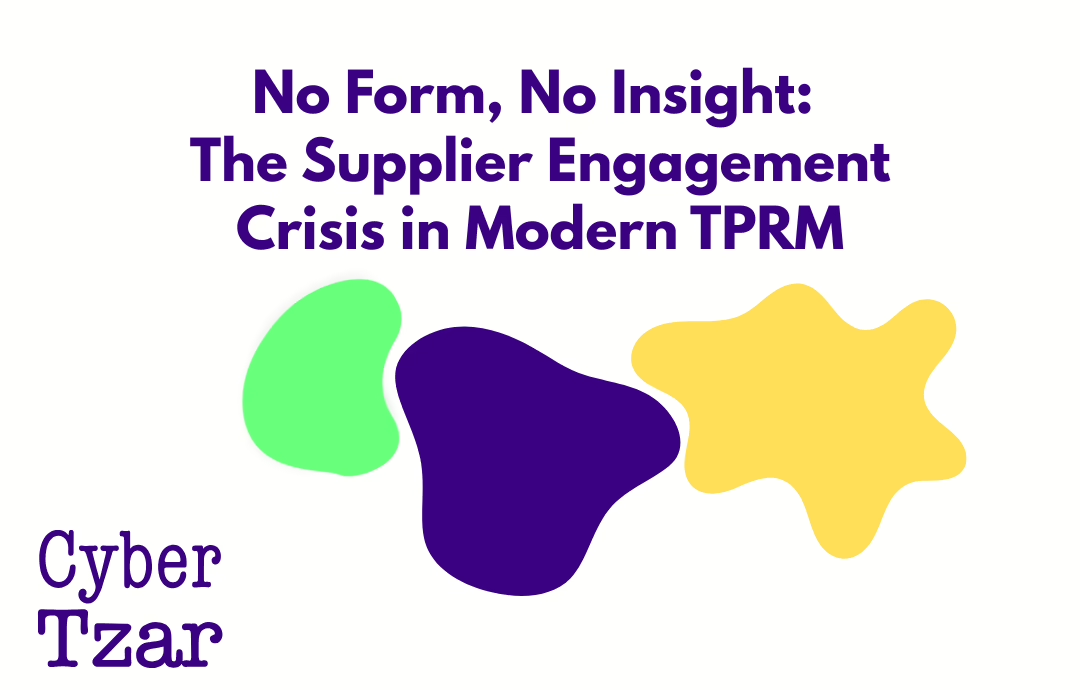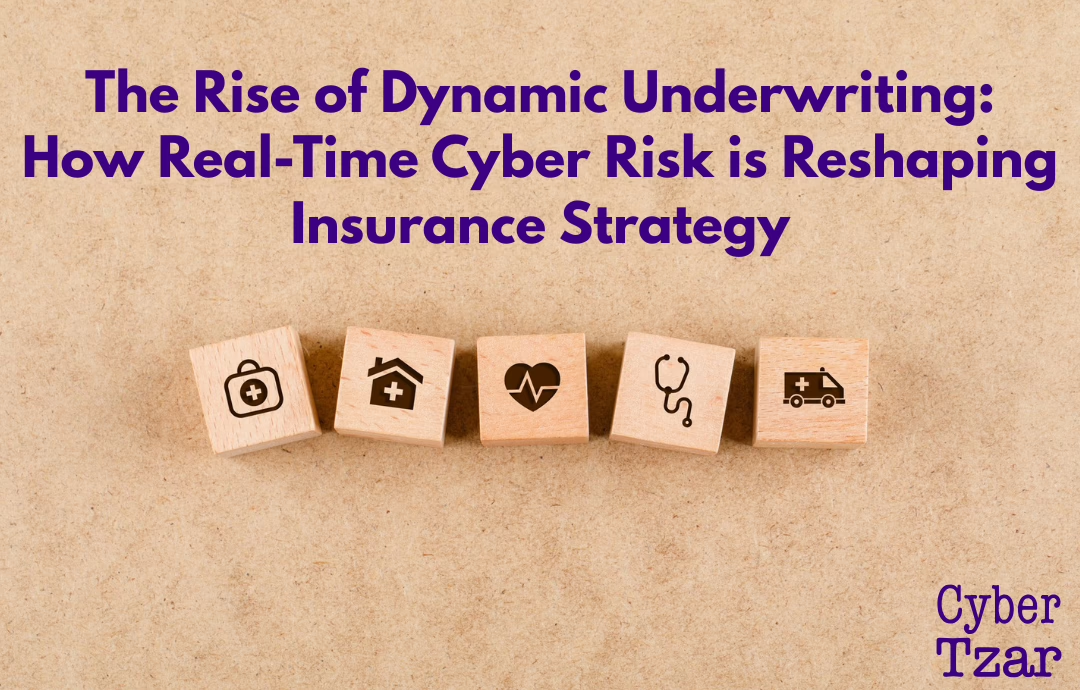In the wake of high-profile cyber breaches, regulatory scrutiny is rising — and in-house legal teams are now expected to lead breach response with precision and speed.
Gone are the days when IT owned the entire response cycle. Today, General Counsel and Compliance Officers must be fluent in the legal and regulatory reporting requirements that apply the moment an incident occurs.
This article breaks down what in-house legal professionals need to know in 2025 — from timelines and thresholds to cross-border notification and reputational risk.
Breach Response Starts with Legal
A cyber breach is more than an IT issue. It’s a:
📜 Legal obligation
📉 Reputational crisis
📡 Communications event
📊 Regulatory trigger
💼 Board-level issue
In-house counsel must be ready to assess and advise within hours — not days — of a breach.
The Regulatory Landscape in 2025
Across the UK, EU, and global jurisdictions, several frameworks may apply:
🇬🇧 UK GDPR / DPA 2018
-
Notify the ICO within 72 hours of becoming aware of a notifiable breach
-
Must also notify affected individuals without undue delay if there is a high risk to their rights and freedoms
🇪🇺 EU GDPR
-
Similar rules to UK GDPR
-
Important for UK firms with EU customers or operations
🌐 Other frameworks that may apply:
-
NIS2 Directive (for operators of essential services)
-
DORA (Digital Operational Resilience Act – for financial institutions, from 2025)
-
SEC cyber rules (for UK-listed entities or international operations)
What In-House Legal Must Do (Fast)
-
Confirm the breach is reportable
Not every incident is. You’ll need to assess impact, likelihood of harm, and whether data subjects are at risk. -
Co-ordinate internal stakeholders
Legal, IT, compliance, comms, and the board must act as one. Delay increases liability. -
Prepare breach notification drafts
These must be factual, timely, and avoid speculation. Templates can help speed this up. -
Log decisions and rationale
Regulators often review not just what was reported — but how the organisation decided whether or not to report. -
Engage with suppliers
If the breach involves a third party, ensure their timelines align with yours.
Pitfalls to Avoid
❌ Waiting too long for technical certainty before notifying
❌ Underestimating the reputational fallout of public disclosure
❌ Assuming that outsourced IT or suppliers will handle notification
❌ Failing to notify affected individuals when required
❌ Inconsistent communication with insurers or regulators
How Cyber Tzar Supports Breach Readiness
Cyber Tzar helps in-house legal and compliance teams by:
✅ Monitoring exposure across your organisation and supply chain
✅ Providing vulnerability scanning data that supports early breach assessment
✅ Delivering evidence for incident logs and regulatory enquiries
✅ Helping identify potential supplier breach risks — before they affect you
We give legal teams the clarity to act, the evidence to document decisions, and the tools to stay ahead of reporting deadlines.
🧾 Need to prepare your breach reporting playbook?
Start with a breach-readiness scan at cybertzar.com

